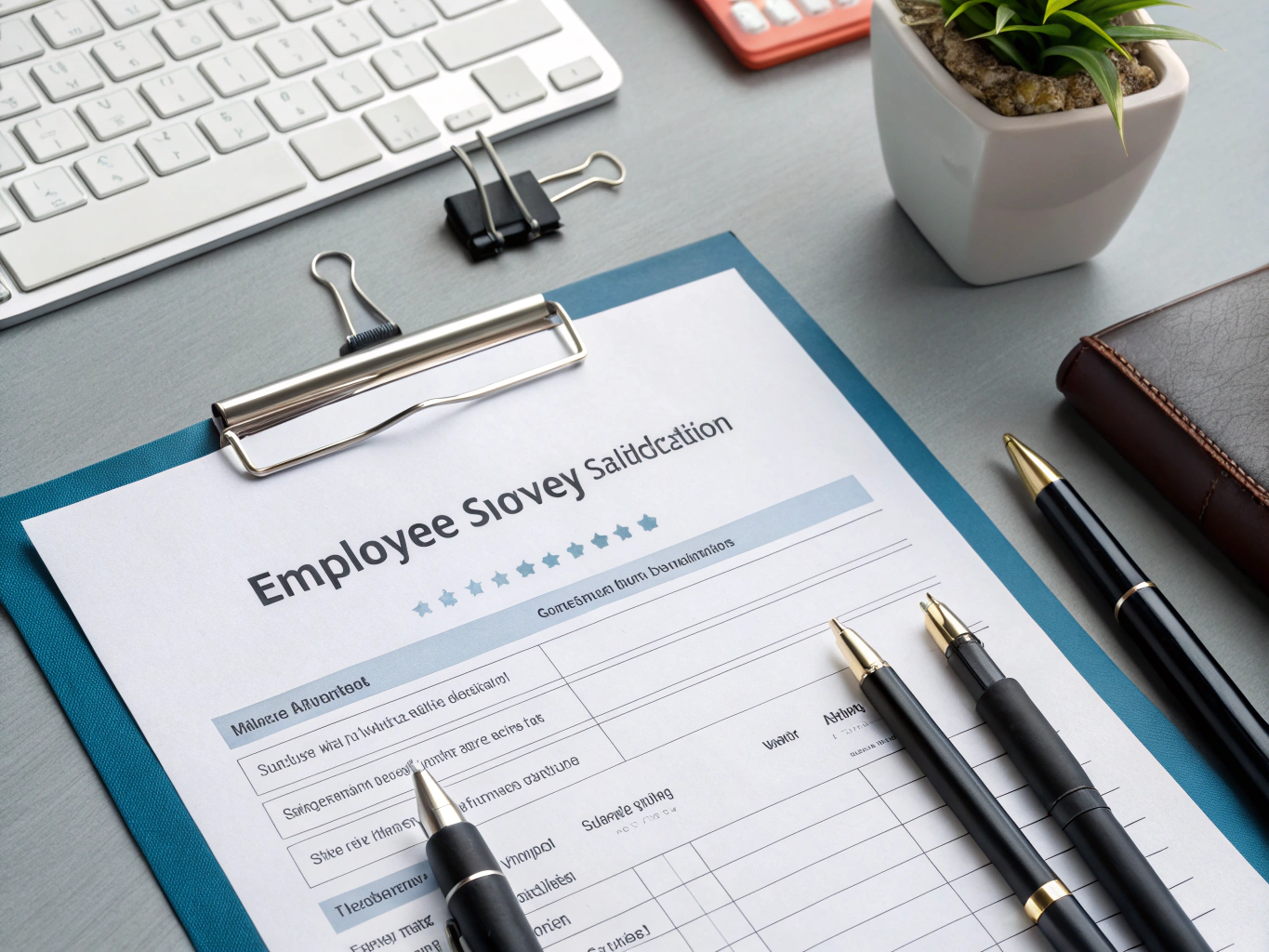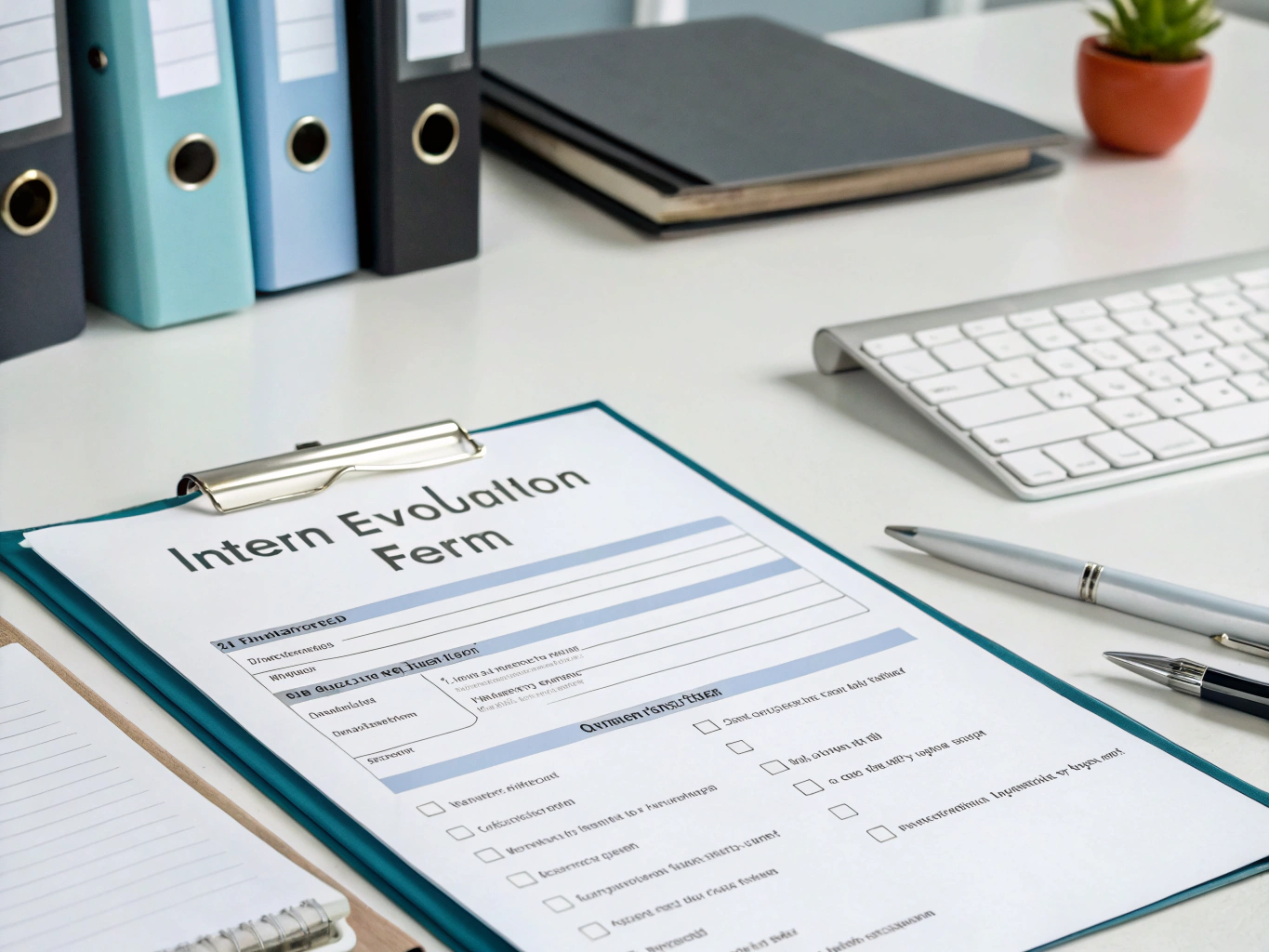What is an Employee Survey New Hire Experience Remote Employee?
The Employee Survey: New Hire Experience for Remote Employees is a vital tool that helps organizations gather valuable insights from newly onboarded remote staff. It aims to assess their experiences during the onboarding process, communication, training, and overall integration into the company culture. This survey is typically administered shortly after the new hire’s start date, allowing HR teams to identify strengths and areas for improvement in the onboarding process.
Template
Below is a template you can customize for your organization’s needs:
Employee Survey: New Hire Experience (Remote Employee)
Welcome to [Company Name]! Your feedback is essential to help us improve our onboarding experience for future remote employees. This survey should take approximately 10-15 minutes to complete.
Confidentiality Statement
Your responses will remain confidential and will be used exclusively to enhance our onboarding process.
1. Pre-Employment Experience
1.1. How satisfied were you with the clarity and transparency of the job description?
- Very Satisfied
- Satisfied
- Neutral
- Dissatisfied
- Very Dissatisfied
1.2. How would you rate the communication during the interview process?
- Excellent
- Good
- Fair
- Poor
- Very Poor
1.3. Were your questions and concerns addressed adequately before your start date?
- Yes
- Somewhat
- No
1.4. Any comments or suggestions regarding the pre-employment process?
2. Onboarding Experience
2.1. How would you rate the overall onboarding process?
- Excellent
- Good
- Fair
- Poor
- Very Poor
2.2. How well did the onboarding process help you understand your role and responsibilities?
- Extremely Well
- Very Well
- Moderately Well
- Slightly Well
- Not at All
2.3. Was the remote work setup (hardware, software, access to systems) adequately provided?
- Yes
- Somewhat
- No
2.4. How clear were the instructions and resources provided to set up your remote workstation?
- Very Clear
- Clear
- Neutral
- Unclear
- Very Unclear
2.5. Any suggestions to improve the remote onboarding experience?
3. Training and Support
3.1. How effective was the training provided for your role?
- Extremely Effective
- Very Effective
- Moderately Effective
- Slightly Effective
- Not Effective
3.2. How comfortable do you feel using the tools and software required for your job?
- Very Comfortable
- Comfortable
- Neutral
- Uncomfortable
- Very Uncomfortable
3.3. Were you provided with a clear point of contact for any technical or job-related issues?
- Yes
- No
3.4. How supported do you feel by your team and manager in your new role?
- Very Supported
- Supported
- Neutral
- Unsupported
- Very Unsupported
3.5. Any comments or suggestions regarding training and support?
4. Remote Work Experience
4.1. How satisfied are you with your current work-life balance as a remote employee?
- Very Satisfied
- Satisfied
- Neutral
- Dissatisfied
- Very Dissatisfied
4.2. Do you feel connected to your team and the broader organization despite working remotely?
- Yes
- Somewhat
- No
4.3. How often do you communicate with your manager or team members?
- Multiple Times a Day
- Daily
- A Few Times a Week
- Weekly
- Rarely
4.4. What has been the most challenging aspect of working remotely so far?
4.5. Any suggestions to improve the remote work experience?
5. Overall Experience
5.1. How likely are you to recommend [Company Name] as a great place to work?
- Very Likely
- Likely
- Neutral
- Unlikely
- Very Unlikely
5.2. What have you enjoyed most about your experience at [Company Name] so far?
5.3. Is there anything else you would like to share about your new-hire experience?
Thank you for taking the time to complete this survey. Your feedback is invaluable to us as we strive to create the best possible experience for our employees. If you have any immediate concerns or need assistance, please contact [HR Contact Information].
Purpose and Benefits
This survey serves multiple purposes, primarily aimed at enhancing the onboarding experience for remote employees. By utilizing this form, organizations can:
- Gather Direct Feedback: Collect first-hand insights from new hires about their onboarding experience, providing a clear picture of what works and what needs improvement.
- Identify Areas for Improvement: Pinpoint specific aspects of the onboarding process that may need adjustments to foster a more supportive environment for future hires.
- Enhance Employee Engagement: Create a more engaged workforce by understanding and addressing the needs of remote employees during their critical onboarding phase.
- Promote Continuous Development: Utilize feedback to facilitate ongoing improvements in training and support structures, ensuring new hires have the tools they need to succeed.
- Build a Positive Company Culture: Demonstrate to new hires that their opinions are valued, which helps foster a culture of openness and inclusivity from the start.
Essential Components
When creating an Employee Survey for New Hire Experience, it’s crucial to include these essential components:
- Pre-Employment Feedback: Assess how well the recruitment process set the stage for the new hire’s experience, including clarity in job descriptions and interview transparency.
- Onboarding Evaluation: Gather insights on the effectiveness of the onboarding process, including the clarity of role expectations and the setup of remote work infrastructure.
- Training and Support Assessment: Evaluate the adequacy of training programs and support mechanisms in place to ensure new hires feel confident and capable in their roles.
- Remote Work Experience Insights: Gauge how new hires are adapting to remote work, including their work-life balance and connection to the team.
- Overall Satisfaction Rating: Measure new hires’ likelihood to recommend the company and identify key elements they appreciate about their experience.
How to Use This Form
Implementing the Employee Survey: New Hire Experience effectively requires a few practical steps:
- Timing is Key: Administer the survey shortly after the new hire has completed their onboarding, ideally within the first month, to capture fresh insights.
- Ensure Anonymity: Communicate that responses will be confidential to encourage honest and open feedback from participants.
- Utilize Feedback: Act on the insights gathered by sharing results with relevant stakeholders and making necessary adjustments to the onboarding process.
- Follow-Up: Consider conducting follow-up surveys at intervals (e.g., 6 months, 1 year) to track improvements and ongoing experiences of remote employees.
- Create an Action Plan: Use the feedback to develop an action plan for enhancing the onboarding process, prioritizing areas that require immediate attention.
Legal and Compliance Considerations
When implementing employee surveys, it’s important to keep in mind relevant legal considerations such as data protection and privacy laws. Ensure you comply with regulations like the General Data Protection Regulation (GDPR) and any local employment laws that govern employee data collection. This includes:
- Clearly stating how the data will be used and stored.
- Obtaining consent, where necessary, before collecting personal information.
- Ensuring data is securely stored and accessed only by authorized personnel.
Best Practices
To maximize the effectiveness of your Employee Survey: New Hire Experience, consider the following best practices:
- Keep It Concise: Design the survey to be brief and focused, ensuring that it takes no more than 15 minutes to complete to encourage higher response rates.
- Use Clear Language: Avoid jargon and ensure that all questions are straightforward and easy to understand, allowing for more reliable responses.
- Encourage Open Feedback: Include open-ended questions that allow employees to express their thoughts in detail, providing richer insights than multiple-choice questions alone.
- Share Results: Communicate the outcomes of the survey with the team, along with any changes that will be made as a result of the feedback, to reinforce the value of employee input.




